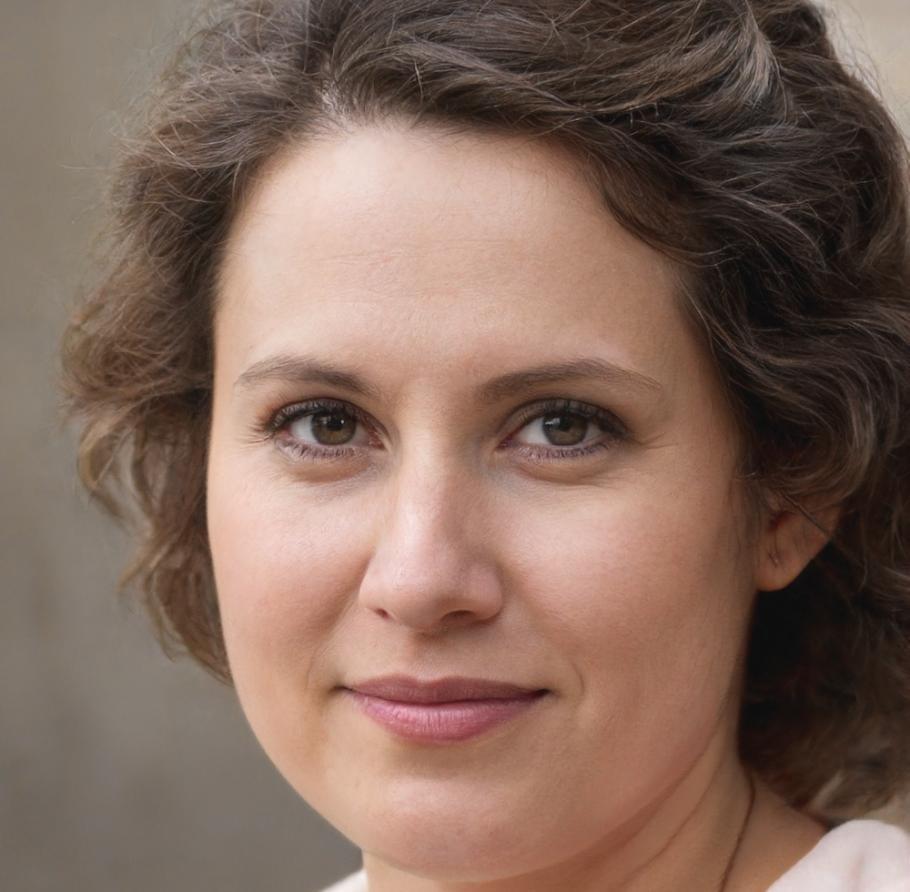Financial Modeling Mastery Program
Learn to build sophisticated financial models that drive real business decisions. Our twelve-month program combines practical Excel skills with strategic thinking, starting September 2025.
Request Program DetailsWe've designed this program around how people actually learn financial modeling—not how textbooks say they should. Each phase builds on real work scenarios, so you're practicing skills you'll use immediately.
Foundation Building
Months 1-4 focus on core Excel techniques and basic modeling structures. You'll work through actual company financials, learning to spot patterns and build reliable forecasts.
Advanced Applications
Months 5-8 introduce scenario analysis and complex valuation methods. This is where things get interesting—you'll build models that handle multiple business outcomes and risk factors.
Portfolio Development
Months 9-12 are about synthesis. You'll create three comprehensive models based on different industries, working through real business challenges with instructor guidance.

Learning from Experience
Our lead instructor, Rhett Caldwell, spent fourteen years building financial models for mining companies across Western Australia. He's seen what works when decisions involve millions of dollars—and what doesn't.
Rhett's approach is straightforward. He'll show you the elegant solution, then explain why it might fail under certain conditions. That kind of thinking separates competent modelers from exceptional ones.
Classes are capped at eighteen students. This isn't about watching videos—it's about getting feedback on your specific models and learning to think through problems methodically.
What You'll Actually Learn
Excel Architecture & Best Practices
We start with how to structure workbooks that other people can understand and audit. Formula logic, naming conventions, error checks—the unglamorous stuff that prevents disasters.
Three-Statement Financial Models
Building integrated models where income statement, balance sheet, and cash flow statement all connect properly. You'll learn to spot circular references and handle them elegantly.
Discounted Cash Flow Analysis
DCF models for business valuation, complete with sensitivity tables and scenario planning. We cover WACC calculation, terminal value approaches, and how to present findings to non-financial stakeholders.
M&A and Transaction Modeling
Accretion/dilution analysis, sources and uses tables, and pro forma adjustments. This section uses actual deal structures (with identifying details changed) to show you real-world complexity.
Industry-Specific Applications
Different sectors need different modeling approaches. We cover manufacturing, SaaS businesses, and resource projects—each with unique revenue drivers and cost structures.
What Former Students Say
I'd been building models for three years before this program, but I was basically winging it. Rhett showed me how to think about model design from first principles. My forecasts became defensible, not just plausible.
The program's emphasis on clear documentation saved me countless hours. When I went back to old models six months later, I could actually understand what I'd built. That's worth the tuition alone.
September 2025 Enrollment
We're accepting applications through May 2025. The program runs twelve months with live sessions twice weekly, plus independent project work. Total investment is detailed in our program guide.
Get Program Guide
